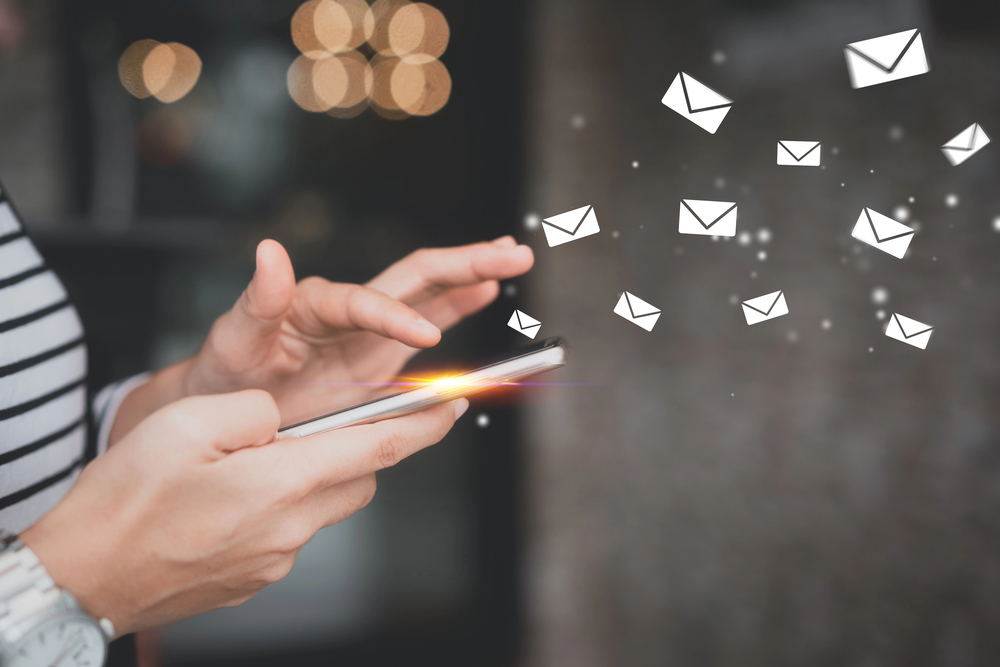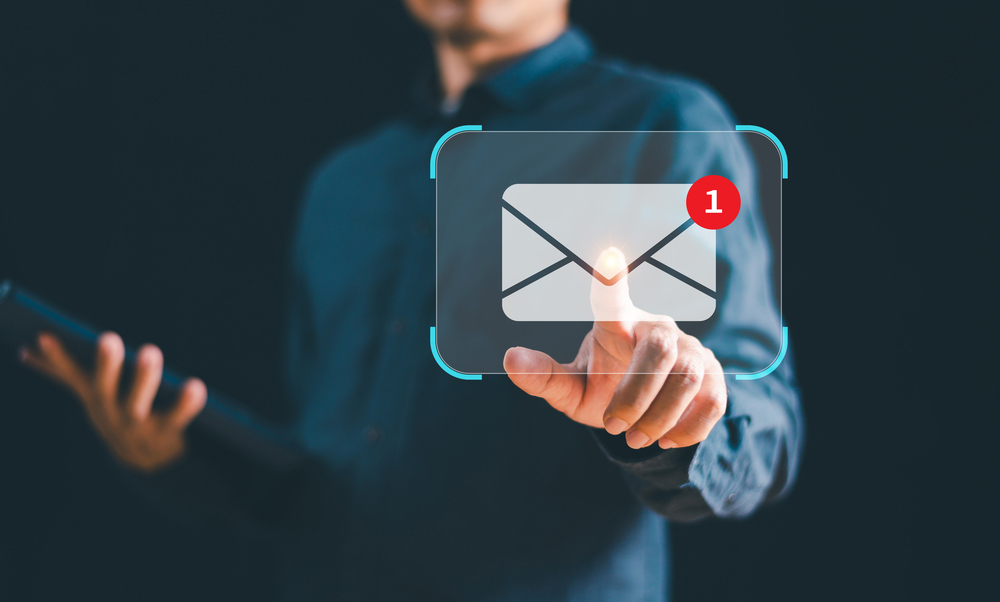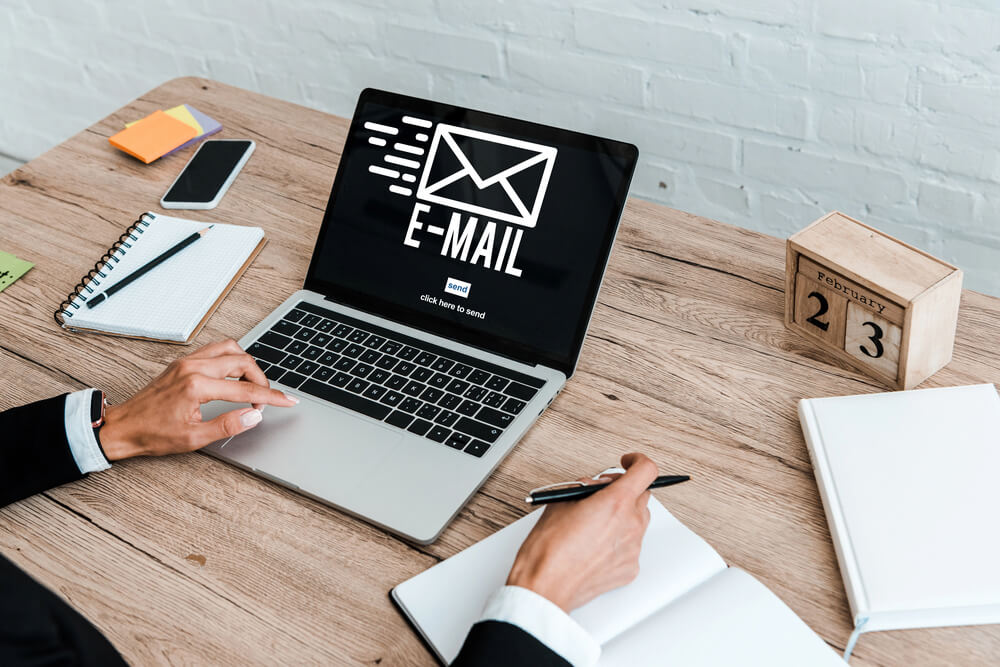Elevating Your Travel Business With Email Marketing
Customer experience and personalization are undoubtedly key in a competitive industry like travel, where having a strong, direct line of communication with potential and returning clients can make a world of difference. Travel email marketing brings that direct line. It gives businesses an opportunity to share exciting offers, travel tips, and exclusive deals right in their customers’ inboxes.
Below, we’ll explore how to maximize the benefits of travel email marketing, from crafting personalized messages to promoting seasonal offers that convert casual interest into committed bookings.
Why Email Marketing is Perfect for the Travel Industry
Email marketing allows travel businesses to reach customers in a personal and targeted way that traditional advertising often can’t. While social media and paid ads are excellent for broad visibility, emails provide a private, one-on-one communication channel where the focus is entirely on the recipient.
Travel email marketing is ideal for keeping clients engaged, as it enables agencies to consistently communicate about destination trends, seasonal offers, and curated travel itineraries. With over 4 billion active email users worldwide, email marketing is an invaluable way to meet customers where they are and guide them through their travel journey.
Key Benefits of Email Marketing for Travel Businesses
Building Customer Relationships and Loyalty
Sending emails consistently can help a travel business stay connected with clients, even when they aren’t actively booking trips. Through periodic newsletters, travel guides, and updates, agencies can nurture their relationships with past clients and establish trust with new ones. Regular communication fosters loyalty and makes customers more likely to choose your agency when they’re ready to book their next trip.
Welcome emails, for instance, are a great way to introduce your business to new subscribers. You make it more likely that these potential customers will think of your agency for future travel needs by setting a friendly and helpful tone from the start.
Promoting Seasonal Deals and Exclusive Offers
One of the most effective ways to drive bookings is by promoting special offers, discounts, and seasonal travel packages through email. Travel businesses can use email marketing to create a sense of urgency by emphasizing limited-time deals or early-bird discounts. For example, an agency might send an email about “Summer Deals to Europe” or “Exclusive Winter Getaways,” highlighting destinations, accommodations, and activities unique to each season.
Using travel email marketing in this way not only drives bookings but also helps your customers discover new destinations and experiences. You can inspire them to make travel plans with enticing descriptions of upcoming holiday packages, special group tours, or adventure excursions.
Personalizing Content Through Segmentation
A major advantage of email marketing is the ability to segment your audience and send personalized messages tailored to their interests and behaviors. Instead of a generic message, you can deliver content that resonates with specific groups, like families, adventure travelers, or luxury seekers.
For example, segment your list to send family-friendly destinations to subscribers with young children or offer a solo travel guide to those interested in independent exploration. According to research, personalization can significantly increase email open rates and click-through rates, as people are more likely to engage with content that directly appeals to their interests. When customers see content that reflects their travel aspirations, they’re more likely to book with your agency.
Types of Emails That Convert for Travel Businesses
Welcome Emails
When someone subscribes to your email list, they’re interested in what your agency offers. A well-crafted welcome email is a valuable opportunity to introduce your brand, showcase your best services, and set expectations for future communication. Let your new subscribers know about exclusive offers, recent customer testimonials, or popular destinations. A warm, engaging welcome can lay the foundation for a lasting relationship.
Destination Spotlights and Travel Inspiration
To keep subscribers engaged, consider sending regular emails that spotlight trending destinations or offer travel tips. Many travelers enjoy researching potential destinations before booking, and by sending curated information, you’re helping them dream about their next trip with your agency. These emails could include guides to popular sites, insider tips, or stories from previous clients who visited that destination.
This kind of content positions your agency as a valuable resource. It increases the likelihood that customers will book through you when they’re ready to travel.
Booking Confirmations and Travel Reminders
For customers who have already booked a trip, follow-up emails such as booking confirmations and travel reminders are necessary for keeping them informed. These messages should be clear, informative, and reassuring, helping to build trust and anticipation. You can also include information on additional services, like guided tours or transportation options, that may enhance their travel experience.
Travel reminders are another great opportunity to suggest trip enhancements, like excursions or travel insurance. This gives your agency an additional source of revenue.
Re-Engagement Campaigns for Past Travelers
Keeping in touch with past travelers is important Understand for securing repeat bookings. Send re-engagement emails that encourage them to start planning their next adventure, or offer a loyalty discount for returning clients. Consider highlighting new destinations, unique experiences, or upgrades that might be of interest based on their previous travel history.
For example, a customer who booked a beach vacation may be interested in similar offers. Meanwhile, one who prefers a cultural tour may appreciate suggestions for history-rich destinations. Keeping your agency top-of-mind through re-engagement emails strengthens the customer relationship and supports long-term business growth.
Best Practices for Effective Travel Email Marketing
Write Compelling Subject Lines
An email’s subject line is the first thing subscribers see, and it plays a big role in whether or not they’ll open your message. Use language that sparks curiosity and highlights the value within, like “Top 10 Summer Destinations You Can’t Miss” or “Your Next Adventure Awaits: Exclusive Deals Inside.” Engaging subject lines can make a big difference in open rates and overall campaign effectiveness.
Include Strong Calls-to-Action
Whether you want recipients to book a trip, check out a blog post, or sign up for a special event, every email should have a clear call-to-action (CTA). A strong CTA guides the reader on what to do next, so keep it simple and direct. For instance, if you’re promoting a specific travel package, a CTA like “Book Your Summer Getaway Today!” or “See Exclusive Deals” gives recipients an actionable next step.
Time Your Email
Sending emails at optimal times can improve engagement. Aim to align with seasonal travel planning—like a few months before summer or holidays—when travelers start booking. Midweek mornings or lunchtime often see better open rates, but testing is key to finding your audience’s ideal timing. For promotions, follow-up emails can remind subscribers of expiring offers, adding urgency and boosting conversions.
Optimize for Mobile
With most people reading emails on mobile devices, it’s vital to guarantee your emails look good on any screen. A mobile-responsive design with easy-to-read fonts, well-placed images, and simple navigation makes your emails accessible and enjoyable to read, no matter the device. This approach helps your business reach a wider audience and improves the likelihood of customer engagement.
Track and Analyze Campaign Performance
To maximize the impact of your travel email marketing, monitor metrics like open rates, click-through rates, and conversion rates. Tracking these numbers will help you understand what’s working and where there’s room for improvement. Consider using A/B testing to determine which subject lines, CTAs, and content types resonate best with your audience.
Growing Your Travel Business With Expert Leads
Growing your travel business with email marketing works best when you’re reaching the right people. Partnering with a reliable lead provider like Sprint Data Solutions Worldwide Marketing can help you connect directly with customers already interested in travel. With expertly curated travel leads, you can jump-start your campaigns and make sure your message reaches the right people from the start.
At Sprint Data Solutions Worldwide Marketing, we’re a veteran-owned marketing company dedicated to helping travel businesses like yours thrive by providing precise and high-quality leads. Our team specializes in crafting consumer and business mailing lists that connect your agency with customers likely to engage with your services. Contact us today.











